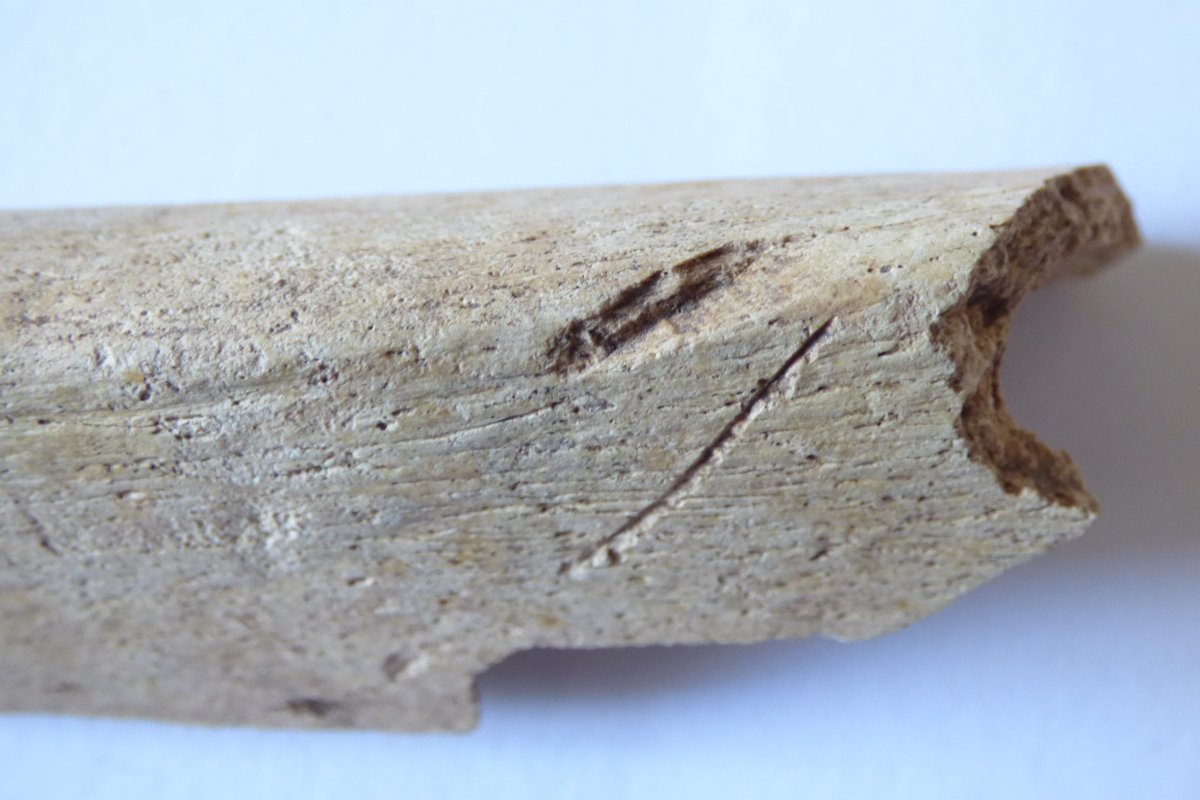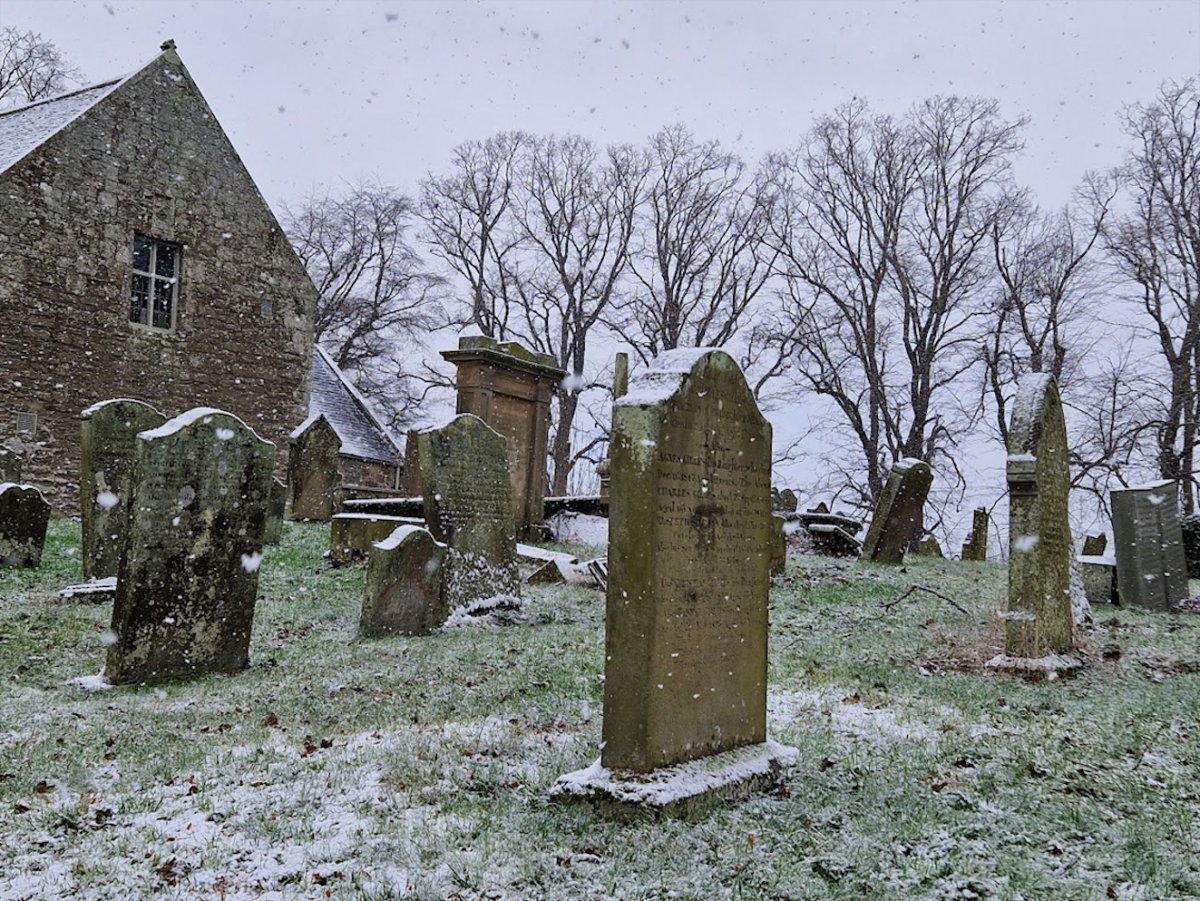Archaeologists have discovered a set of human remains that they told Newsweek sheds light on the violent past of the Anglo-Scottish border region.
A team with local contractors Border Reivers Archaeology Unit (BRAU) uncovered the remains during monitoring of utilities work in the grounds of the parish church in Swinton village, Scotland, which today lies around three miles northwest of the border with England.
In total, BRAU has recovered 124 bone fragments and two loose teeth representing a minimum of five individuals—two adults and three sub-adults.
Expert analysis of the remains subsequently revealed that the individuals suffered multiple traumatic injuries around the time of death, while some bones even show evidence of having been bitten and gnawed by a large canid (a dog or wolf).

The village of Swinton has a long history dating back to the early medieval period when it would have been part of England until Edgar, King of the English, granted the territory it was part of to Kenneth II, King of Scots, in A.D. 973.
The subsequent centuries saw a prolonged period of conflict between the kingdoms of England and Scotland with flashpoints occurring across the border region. The main period of conflict began with the English invasion of Scotland in 1296—sparking the First War of Scottish Independence.
The Anglo-Scottish Wars can be seen to have ended in 1603 with the Union of the Crowns under James VI and James I, who became the monarch of both kingdoms. But conflict continued between the two realms in a more complex form into the 17th century.
The period between the 13th and 17th centuries was also characterized by raids along the frontier by so-called border reivers. These were groups of people from both Scotland and England who conducted raids on either side of the border, choosing their targets regardless of nationality. They were often driven simply by the desire to survive in the challenging conditions of the region, raiding for livestock and other supplies.
Swinton Parish Church was initially constructed in A.D. 1100 and its grounds were later used as a refuge in the primary period of Anglo-Scottish conflict.
"Swinton was attacked at least four times between 1487 and 1593," Shannon Armstrong with BRAU told Newsweek. "It is also on the line of retreat from the Battle of Flodden (1513)—the church bell having been rung after the battle."
The bones uncovered from the grounds of the church BRAU have yet to be scientifically dated, but archaeologists believe that the individuals died between 1296 and 1603, according to Armstrong.
Even though researchers only recovered a relatively small sample, bone specialists did not have to search for long to find signs of physical trauma on the remains.
Two lower leg bone fragments showed evidence of injuries made by a bladed weapon (for example, a sword or axe) around the time of death. These wounds did not exhibit any signs of healing, indicating that they occurred just before the individuals died—or possibly just after. Another leg bone featured three separate cuts apparently made by bladed weapons.

Other bones had characteristic teeth marks on them, indicating that they had been bitten and gnawed by a dog or wolf.
This kind of damage is typically seen in cases where bodies were left unburied after a battle or massacre, which were common along the border in the period of conflict. The fact that one of the bones features both evidence of bladed weapon injuries and canid gnawing suggests that this was the most likely explanation for what happened to these people.
Canid gnawing can happen as soon as a few hours or as late as a few years after death. To find evidence of canid gnawing in churchyard burials in the region is rare. But in Scotland, wolves were known to dig up graves and eat human bodies during the period.
Do you have a tip on a science story that Newsweek should be covering? Do you have a question about archaeology? Let us know via science@newsweek.com.
Uncommon Knowledge
Newsweek is committed to challenging conventional wisdom and finding connections in the search for common ground.
Newsweek is committed to challenging conventional wisdom and finding connections in the search for common ground.
About the writer
Aristos is a Newsweek science reporter with the London, U.K., bureau. He reports on science and health topics, including; animal, ... Read more
To read how Newsweek uses AI as a newsroom tool, Click here.








